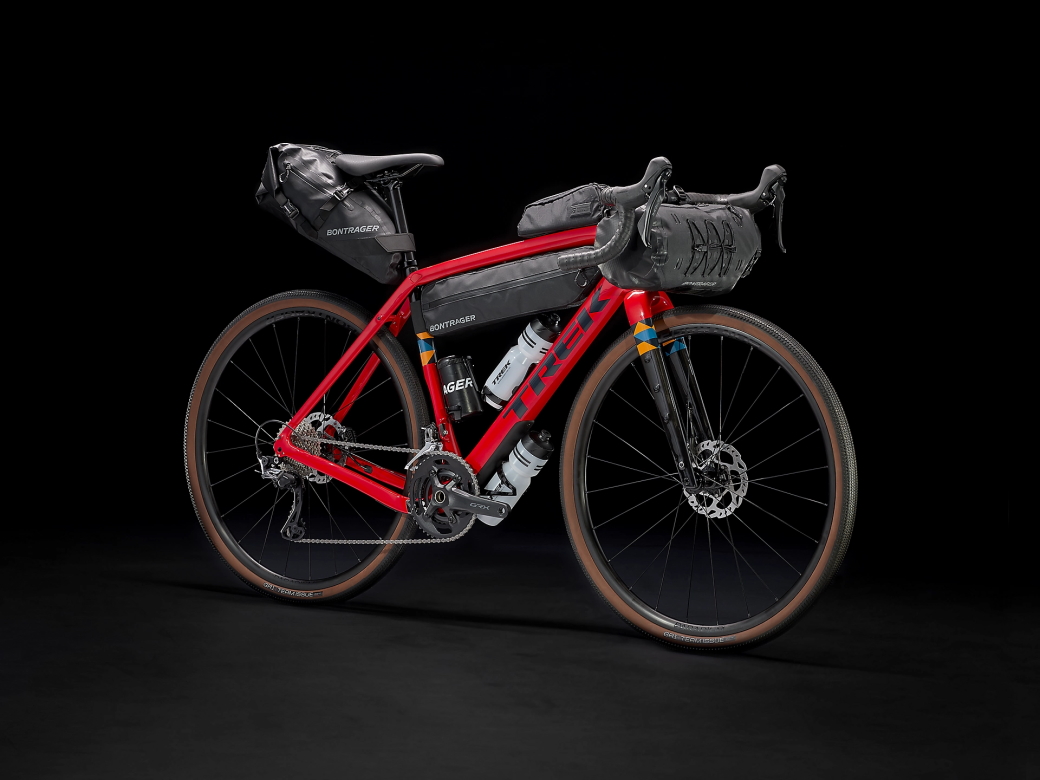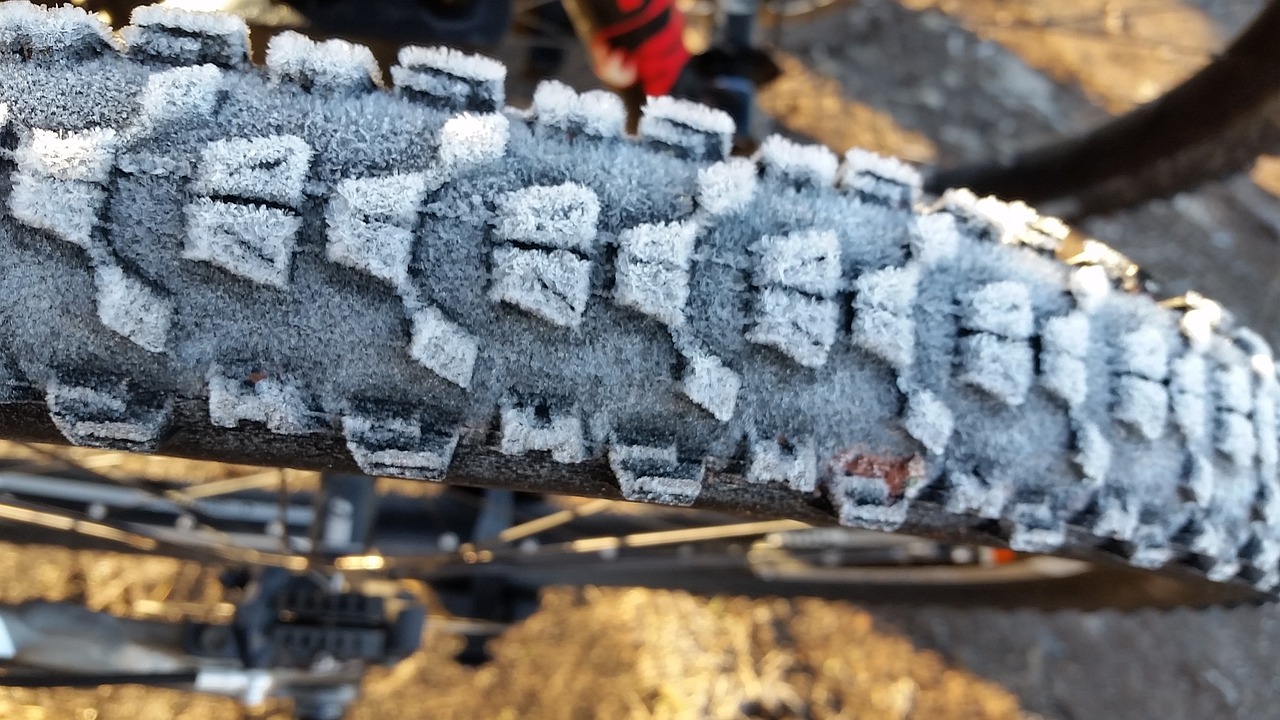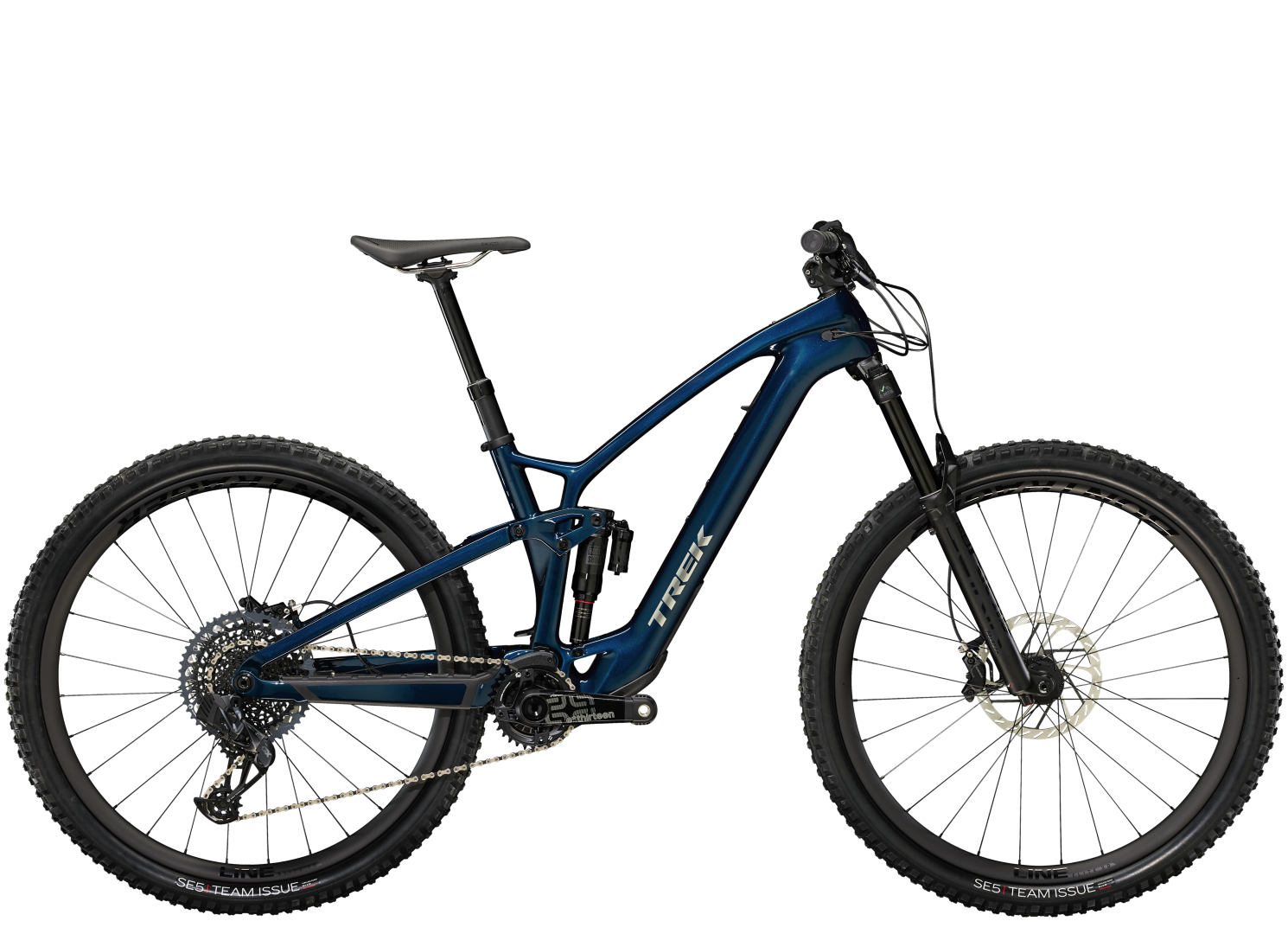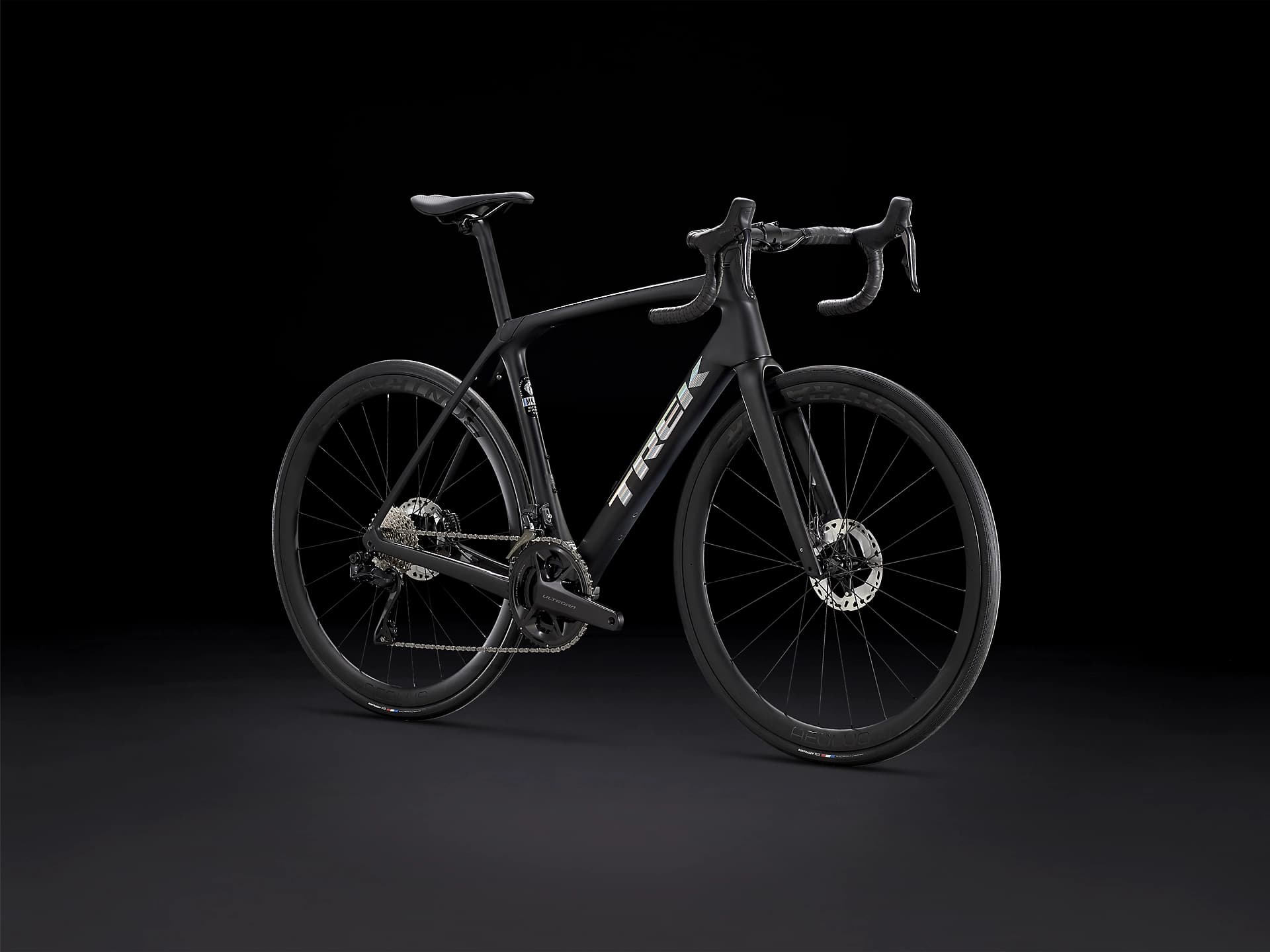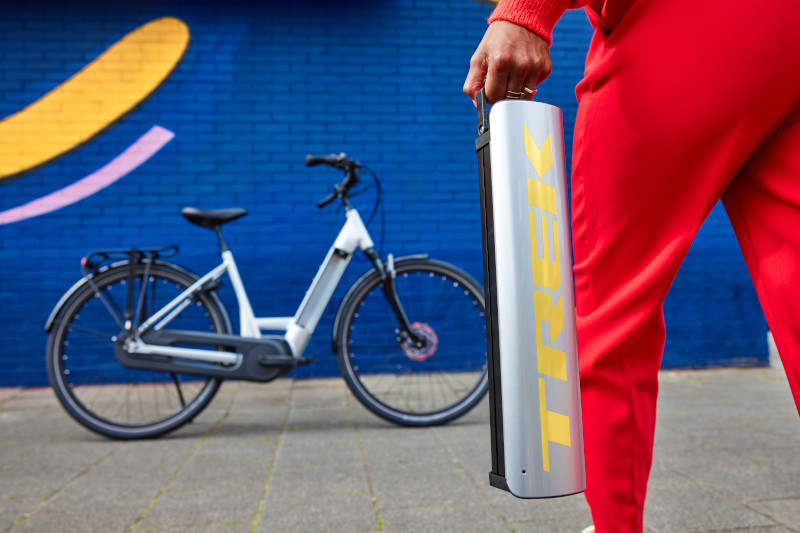Helmet Techology

Helmet Guide
Often overlooked and taken for granted, the new helmet purchase involves so much, which style? Which helmet technology? The pro’s and con’s of the right fit vs “what do I look like in it?”
We’re here to try and shed a bit morelight on the subject of getting it right.
Firstly not all helmets are the same size or shape.
Some helmets are round whilst others are elliptical.
Some helmets have more or less internal volume and finding the right size and fit can be really tricky if you are not being given the right information.
I suppose it’s true to say there are no bad helmets out there, but there are good, better and best options for you and your type of riding.
It’s also not relayed enough that all helmets, no matter on their price, all degrade over time.
If you’re current helmet is 5 years old or older it’s time to think about a replacement.
Bike Helmet Checklist
There are many factors when choosing your perfect helmet.
Here are a few to consider:
• What activity?
Road, MTB, commuting or cruising? Whatever riding style you love most, there’s a helmet just right for you
• Competition or fun?
How serious are you about your riding? A road racer may consider a helmet’s weight first, while a commuter may be more interested in comfort and durability.
• Safety
Make sure the helmet meets either the General Product Safety Regulations (GPSR) standards or the Consumer Product Safety Commission (CPSC) Bicycle Helmet Safety Standards
• Climate
Do you ride primarily in warm weather? Cold? Rain? Different bike helmets can make your experience more enjoyable depending on the elements you ride in most often.
• Rotational management
Make sure the helmet is designed with a low-friction layer that’s intended to help reduce rotational force to the head during certain angled impacts.
• Comfort and fit
Everyone has their own unique head shape and fit factors. It’s important to consider everything from sizing to retention systems and straps.
Technology
MIPS
Years of research and testing occurred before the first helmet with a Mips® safety system (an equestrian helmet) came to life in 2007. Today you can find Mips® safety systems in helmets from most major helmet manufacturers and for main activities including cycling, snow sports, motorsports, team sports and even construction. Mips® safety systems are the result of extensive research and testing, both internally and from independent third-party sources.
Wavecel
Trek’s proprietry Wavecel technology is a collapsible cellular structure that lines the inside of the helmet. This Bontrager-exclusive technology disrupts the safety standards that the industry has accepted for over 30 years.
Wavecel state -
“We conduct research to discover how to best prevent and treat injuries. Our journey into concussion research started almost 20 years ago. After understanding how vulnerable the brain is toward rotational forces, we embarked on re-inventing helmets that best absorb rotational forces during impact. The result of this 20 year effort is the development of WaveCel technology to provide exceptional protection from rotational forces and concussion. Our journey will continue as long as there is the chance to prevent even more brain injuries.”
However, all Cycle helmets pass the same safety tests and are awarded the same standards irrespective to price and brand, but independent tests show Mips and Wavecel equipped helmets are safer options.
It is always worth remembering that helmets for any other sport or activity are not classed the same way and as such are not tested in the same manner.
Safety
The main purpose of a cycle helmet is to prevent or reduce the extent of injury to a cyclist’s head during a collision. Therefore, the safety of the helmet must be considered. Cycle helmets must adhere to standard EN1078, which states that a helmet must be designed to withstand an impact similar to an average rider travelling at 12mph falling onto a stationary kerb-shaped object from a height of one metre5. To determine whether the helmet meets these standards, the helmet will go through a number of tests, looking at helmet construction, field of vision, shock absorption and the retention system. To ensure that your helmet meets this standard, look for a CE marked EN1078 sticker.
A standard has also been designed for younger children’s helmets, known as EN1080. The difference between this and the EN1078 standard is that the chin strap is attached differently to an EN1080 standard helmet. With these helmets, the chin strap is designed to snap off during a collision to prevent the child from choking
Here are some of our best sellers
Mountain Bike Helmet - Bontrager Wavecel Rally
Road Bike Helmet - Bontrager Wavecel Circuit
Childrens Bike Helmet - Bontrager Wavecel Tyro
You May Also Like
© Copyright Cookson Cycles 2024 | Powered by Push.

